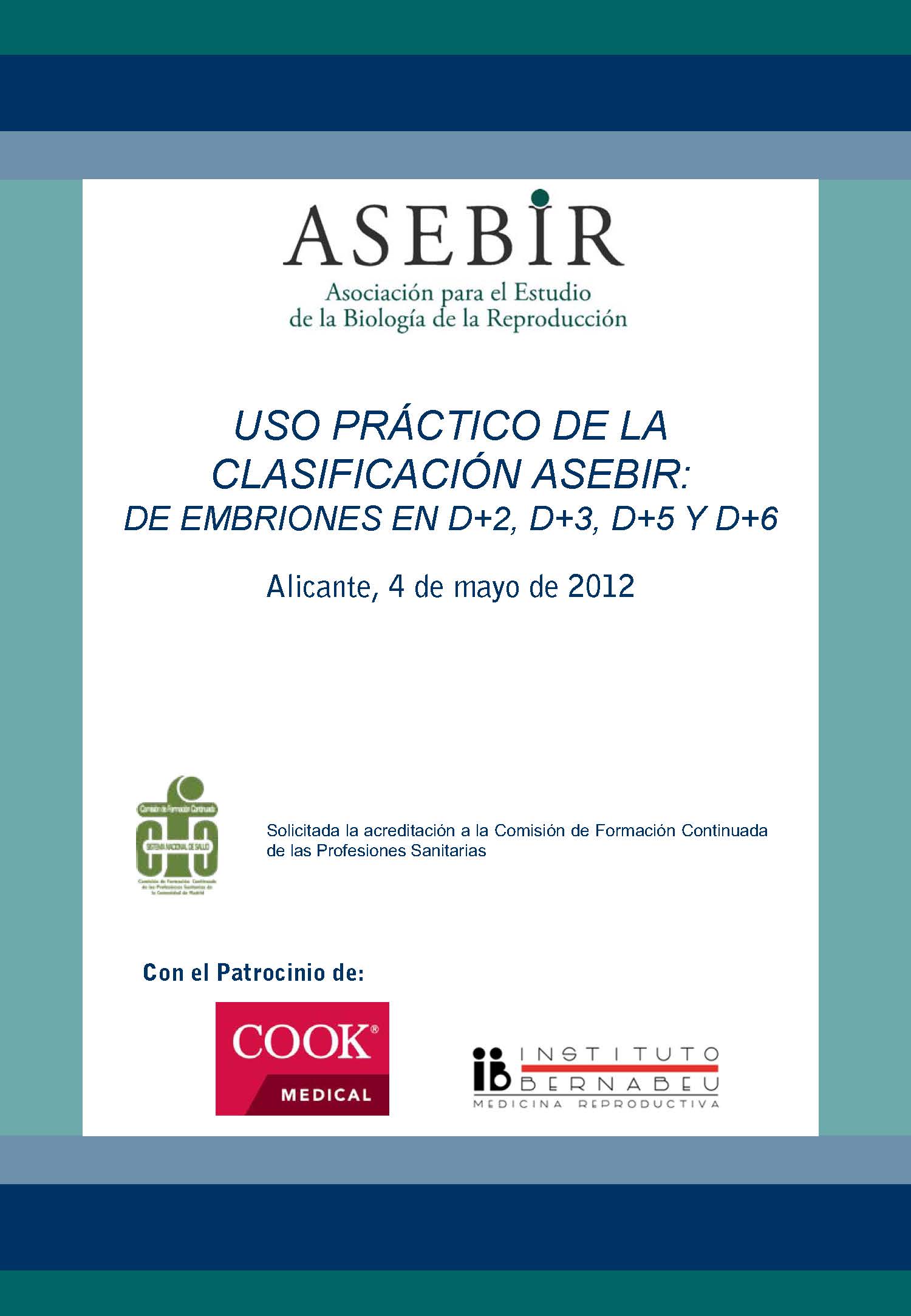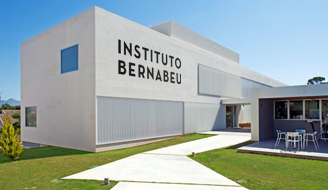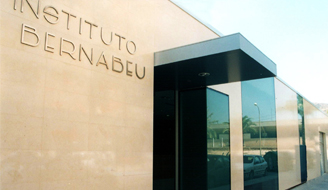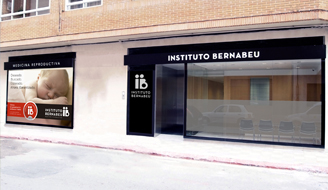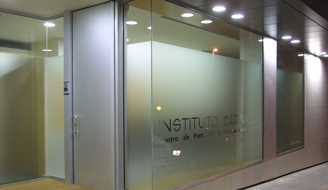National Conference on the practical use of ASEBIR embryo classification
On May 4th, Instituto Bernabeu Alicante is hosting a National Conference on the "practical use of the ASEBIR classification". This classification refers to how human embryos should be characterised during the in vitro fertilisation processes. In recent years, the Association for Studying the Biology of Reproduction (ASEBIR) has developed a classification system based on 4 categories (A, B, C and D), which is constantly revised according to the dynamic processes involved in assisted reproduction techniques.
This is certainly a conference of great practical interest for all embryologists working in assisted reproduction centres since videos and images of embryos on different days of development will be seen and the teachers that will participate have extensive professional and scientific experience in this field.
Despite the introduction of new embryo evaluation techniques based on film and metabolomics, classification based on the ASEBIR criteria is undoubtedly the most widely used nowadays since it incorporates kinetic and morphological criteria based on clinical evidence. A good embryo classification is relevant when selecting the best embryo to be transferred and to give the couple the highest chances of gestation.
This is certainly a conference of great practical interest for all embryologists working in assisted reproduction centres since videos and images of embryos on different days of development will be seen and the teachers that will participate have extensive professional and scientific experience in this field.
Despite the introduction of new embryo evaluation techniques based on film and metabolomics, classification based on the ASEBIR criteria is undoubtedly the most widely used nowadays since it incorporates kinetic and morphological criteria based on clinical evidence. A good embryo classification is relevant when selecting the best embryo to be transferred and to give the couple the highest chances of gestation.
